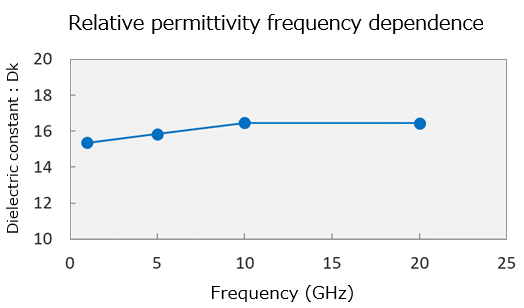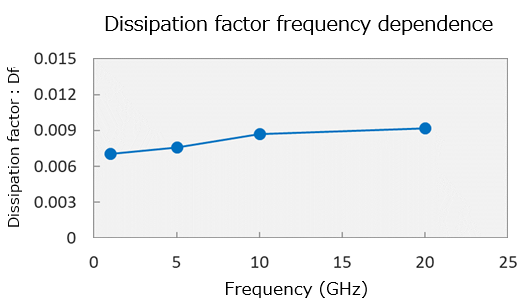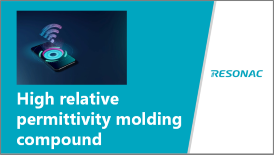- Category:
- Tag:
Applicable Business AreasElectronic components/semiconductor equipment manufacturers
Target ApplicationsMolding compound for 5G millimeter-wave antennas
Applicable Business AreasElectronic components/semiconductor equipment manufacturers
Target ApplicationsMolding compound for 5G millimeter-wave antennas

With the launch of 5th generation mobile communications systems (5G), the demand is growing for 5G compatible devices including smartphone incorporating millimeter-wave antenna modules. At the same time, the needs of smaller and thinner packages are driving the demand for materials used in downsized millimeter-wave antenna modules with excellent low transmission loss even in the high-frequency band.
Ceramics are among the conventional materials for millimeter-wave antenna modules used for 5G base stations, but ceramic materials are difficult to process, particularly when downsizing to fit into a mobile device.
Resonac has developed molding compound with a high relative permittivity that provides excellent processability and facilitates miniaturization. The low dissipation factor allows these compound to deliver superior transmission performance even at high frequencies and helps downsize millimeter-wave antenna modules for 5G smartphone. Our 40 years of experience in filler selection, resin formulation and processing optimization enables this unique material to achieve a high-grade antenna for our customers in mass production today where others have failed.
Ceramic materials used for 5G base station antennas have limited applications as they are hard and brittle. The manufacturing processing, cutting, and downsizing is difficult. Their manufacturing process is also complex and intricate.
Resonac recommends using molding compound with a high relative permittivity and low dissipation factor for millimeter-wave antenna modules. Our molding compound enables thermosetting resins to be transfer molded and are therefore applicable to similar molding processes using conventional resin molding compound.
While satisfying such property requirements as high relative permittivity and low dissipation factor for materials used in antenna modules, our molding compound boasts excellent dimensional stability and formability, providing a high degree of processing flexibility for the materials to be freely molded and downsized to produce a wide variety of shapes.

Our molding materials achieve a high relative permittivity and low dissipation factor (Df = 0.0050@10 GHz) and are also applicable to devices across a wide range of frequency bands, with the relative permittivity and dissipation factor showing little frequency dependence.


Our molding compound’s relative permittivity is adjustable (Dk = approx. 10-20@10 GHz. Please inquire with us regarding relative permittivity up to Dk = 20-25).

Contact Us
Please don't hesitate to contact us if you have any questions.